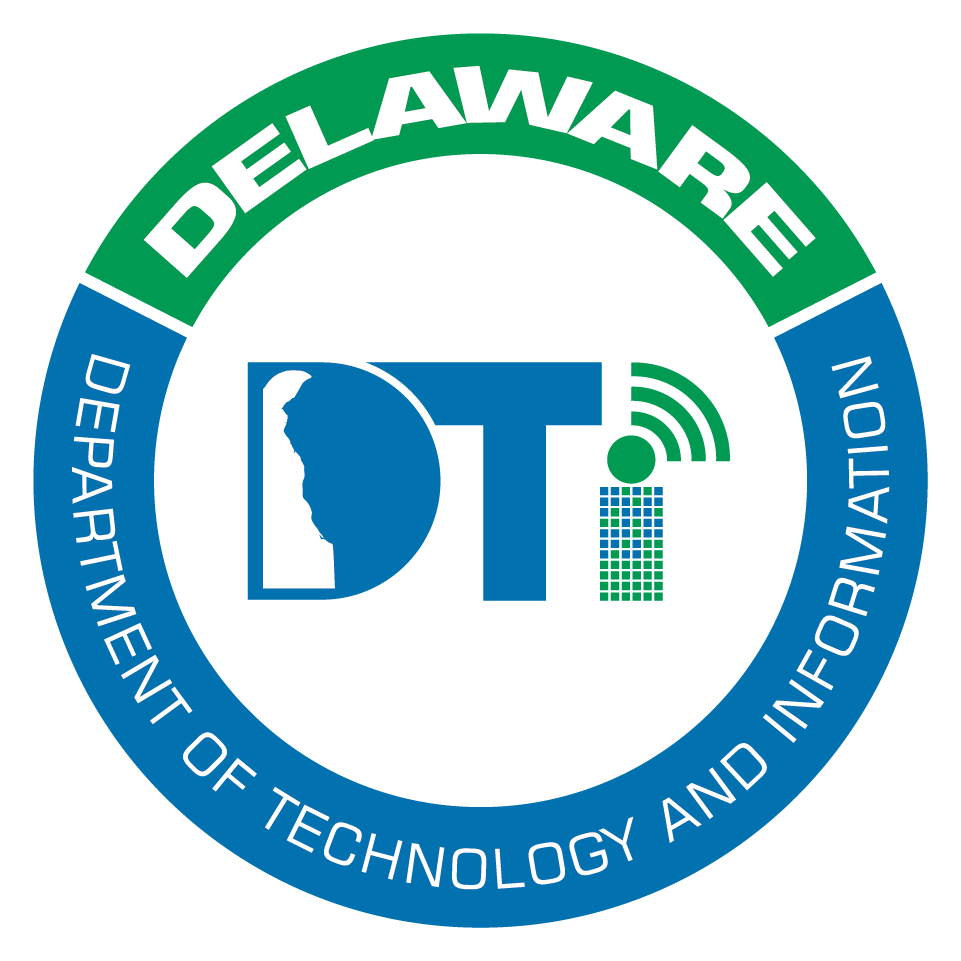Protect Your Identity

Your online identity is a compilation of the many accounts you use every day including: email, social media, banking, employment and education, just to name a few. These accounts and the information contained within, is often referred to as your PII, Personal Identifiable Information.
Strong Passwords
Strong passwords are designed to protect data from unauthorized access. A strong password is difficult to detect not only by human hackers but also by computer programs designed to “crack” them. Strong passwords consist of a at least eight characters, though 10 or 12 are better. They are a combination of letters, both upper and lower case, numbers and symbols. (@#$%&, etc.). They should never contain personal information like partner or children’s names, phone numbers, addresses, etc. The best passwords do not use words that can be found in a dictionary.
Two Factor Authentication (2FA)
Multi-factor or 2FA is a way to harden the security of accounts you use on a regular basis.
Passwords and passcodes provide one factor of authentication, two-factor authentication techniques take different forms. Perhaps the most common is a code that is generated by or sent to a device you own, like your mobile phone.
Additional authentication factors are face or thumbprint scans or even retinal (eye) readers.
How to Guard Against Identity Theft
You can take an active role in protecting your personal information. Follow the links below to find free resources and other tools to help you protect your identity.
- Identity Protection Tips - Internal Revenue Service (IRS)
- How to Tell If Someone is Using Your Identity - Consumer Advice (FTC)
- Report Identity Theft - Federal Trade Commission (FTC)
